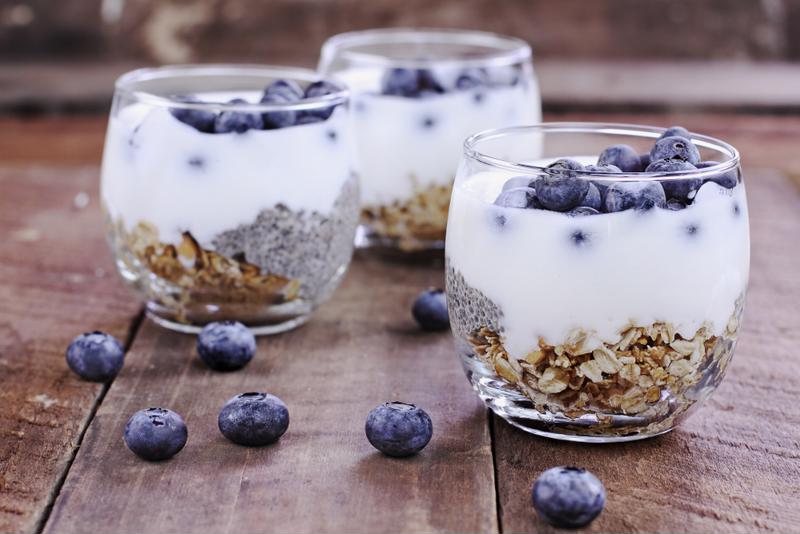Fermented foods date back to ancient history. Vinegar, cheeses, yogurt, bread, alcohol in its many forms and plenty of other well-known foods have long histories and have been enjoyed for hundreds or thousands of years across the globe. Long consumed for simple reasons like enjoyable tastes and broad availability as well as cultural influence, certain fermented foods are gaining additional attention as an important contributor to overall health. Austin culinary school students should develop some foundational knowledge around fermented foods, helping them understand how they fit into modern restaurant menus and their potential appeal to customers.
 Fermented foods offer a number of intriguing benefits to chefs.
Fermented foods offer a number of intriguing benefits to chefs.What are fermented foods, exactly?
Foods that use fermentation to reach their final, edible state generally rely on yeasts or bacteria to convert the carbohydrates present in the foodstuff into alcohol or an organic acid, as well as carbon dioxide. The end result on a practical level is a food that has a relatively long shelf life, thanks to the preservative nature of alcohol and organic acids, as well as changes to taste, texture and other key factors that the people eating it enjoy.
Some fermented foods are seen as especially beneficial for a variety of personal health considerations, because they provide probiotics that support different functions of the human body. The processes helped by probiotics include digestion and nutrient absorption as well as improved immune system function. There isn’t always a concrete connection between individual fermented foods and specific health benefits, although there’s little doubt probiotics offer support in important contexts.
Harvard Medical School pointed out that there are important differences between types of fermented foods. Processes that can lead to a similar final product in terms of taste and texture, such as using vinegar to make pickled vegetables instead of yeast or bacteria, don’t include the same probiotic content. From a culinary perspective, there are plenty of reasons to consider pickling in vinegar, including ease of production, flavor and cost. However, it’s important to remember that the potential health benefits, which may be seen as especially desirable and valuable by customers, are no longer present.
Popular fermented foods to keep in mind
Kombucha is a fermented tea beverage originally from China that has thousands of years of history behind it. The drink rode an initial wave of popularity into what seems like a more permanent spot in the minds of many health-conscious eaters. We’ve covered kombucha in depth before, including recipes and serving suggestions.
Los Angeles ABC affiliate KABC offered a review of the more common fermented foods, with a focus on the Korean fermented cabbage blend kimchi, the drinkable yogurt, kefir, and sauerkraut. That last item is more familiar to many as a hot dog or sausage topping than a food with potential health benefits, and it highlights the many ways in which fermented foods can be incorporated into menus. A restaurant doesn’t have to be entirely health-food centric to offer fermented foods to its customers – the taste and ability to serve as an important part of a dish are just as important as the other benefits.
One easy place to start with fermentation in your own kitchen is with pickled vegetables. Instead of using vinegar and missing out on the potential benefits of probiotics, you can use a traditional fermentation process that offers flavor and all of the other benefits of fermentation. There are a wide variety of recipes available as well as plenty of room to experiment. This approach, from the An Oregon Cottage food blog, offers an easy introduction into the world of fermenting foods.
You can start discovering the uses of fermented foods – and so much more in the culinary industry – by learning more about our Austin campus today!

